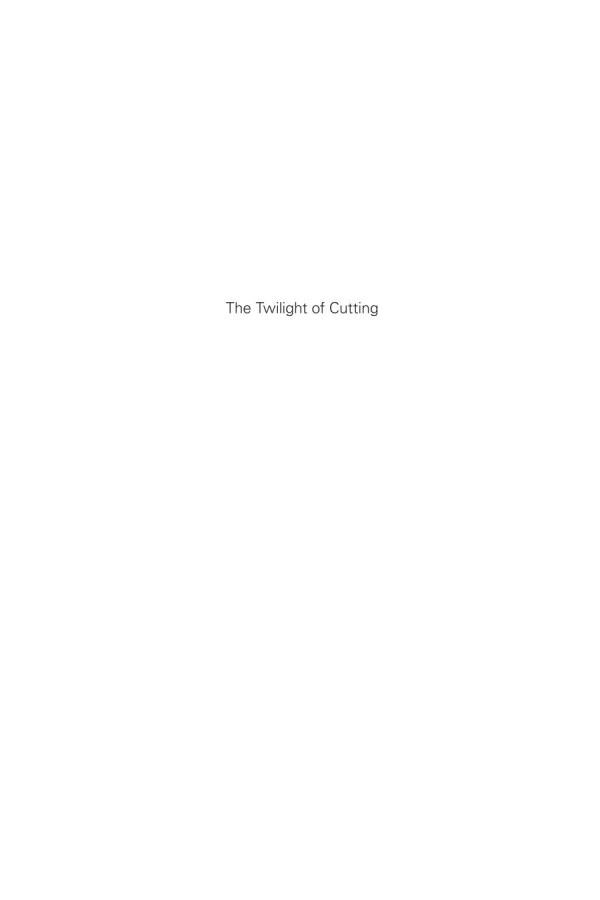

Most ebook files are in PDF format, so you can easily read them using various software such as Foxit Reader or directly on the Google Chrome browser.
Some ebook files are released by publishers in other formats such as .awz, .mobi, .epub, .fb2, etc. You may need to install specific software to read these formats on mobile/PC, such as Calibre.
Please read the tutorial at this link: https://ebookbell.com/faq
We offer FREE conversion to the popular formats you request; however, this may take some time. Therefore, right after payment, please email us, and we will try to provide the service as quickly as possible.
For some exceptional file formats or broken links (if any), please refrain from opening any disputes. Instead, email us first, and we will try to assist within a maximum of 6 hours.
EbookBell Team

4.8
14 reviewsThe last three decades have witnessed a proliferation of nongovernmental organizations engaging in new campaigns to end the practice of female genital cutting across Africa. These campaigns have in turn spurred new institutions, discourses, and political projects, bringing about unexpected social transformations, both intended and unintended. Consequently, cutting is waning across the continent. At the same time, these endings are misrecognized and disavowed by public and scholarly discourses across the political spectrum.
What does it mean to say that while cutting is ending, the Western discourse surrounding it is on the rise? And what kind of a feminist anthropology is needed in such a moment? The Twilight of Cutting examines these and other questions from the vantage point of Ghanaian feminist and reproductive health NGOs that have organized campaigns against cutting for over thirty years. The book looks at these NGOs not as solutions but as sites of “problematization.” The purpose of understanding these Ghanaian campaigns, their transnational and regional encounters, and the forms of governmentality they produce is not to charge them with providing answers to the question, how do we end cutting? Instead, it is to account for their work, their historicity, the life worlds and subjectivities they engender, and the modes of reflection, imminent critique, and opposition they set in motion.